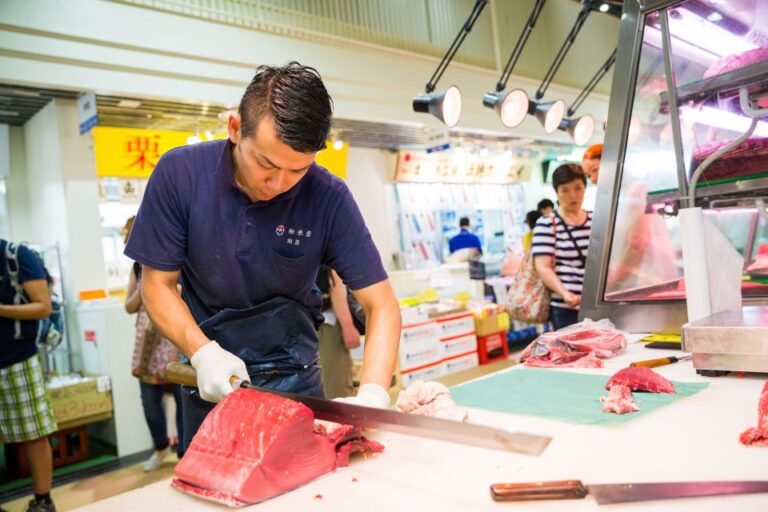Step into the world of culinary excellence as you uncover the delicate artistry behind crafting Michelin-grade Tempura and Miso Soup. Each crispy bite and savory sip tell a story of tradition and precision, inviting you to explore the depths of flavor and technique in Japanese cuisine.
But what sets apart a truly exquisite Tempura and Miso Soup? Stay tuned to unravel the secrets and elevate your cooking skills to a whole new level of sophistication.
Quick Takeaways
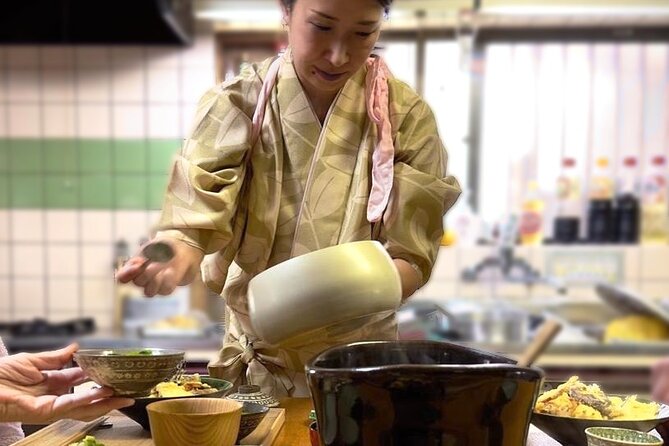
- Use fresh ingredients and ice-cold water for crispy tempura.
- Control oil temperature and avoid overcrowding for perfect frying.
- Explore different miso varieties for unique flavors and health benefits.
- Serve elegantly with garnishes and complementary sides for a top-tier dining experience.
History of Tempura
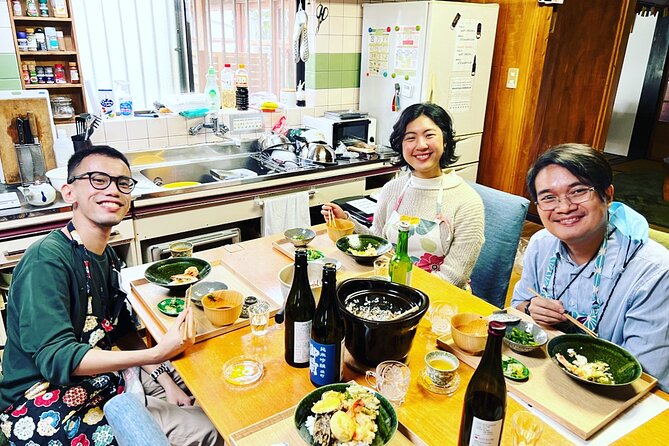
The origins of tempura can be traced back to the 16th century when Portuguese missionaries introduced the deep-frying cooking technique to Japan. Initially known as ‘peixinhos da horta’ in Portuguese, tempura evolved into the light and crispy dish we recognize today.
This cooking method quickly gained popularity in Japan due to its ability to preserve the natural flavors and textures of the ingredients while creating a delightful crunch. Over the centuries, tempura has seen various adaptations and regional variations, such as vegetable tempura, shrimp tempura, and mixed tempura.
Each variation showcases the unique culinary creativity and local produce of different regions in Japan, making tempura a versatile and beloved dish enjoyed by many.
Ingredients and Preparation Tips

Enhance your tempura cooking skills by selecting the freshest ingredients and mastering the art of precise preparation techniques. When it comes to tempura batter, using ice-cold water and mixing it briefly is key to achieving a light and crispy texture. For frying tips, ensure the oil is hot enough (around 340-360°F) and fry in small batches to maintain the temperature. When it comes to miso soup, there are various miso varieties to choose from such as white, red, and mixed miso, each offering unique flavors and health benefits. Miso is rich in probiotics, antioxidants, and nutrients like vitamins B, E, and K. Incorporating miso into your diet can aid digestion, boost the immune system, and promote gut health.
| Tempura Batter Tips | Miso Soup Varieties |
|---|---|
| Use ice-cold water for a crisp texture | White Miso – mild and sweet |
| Mix batter briefly for lightness | Red Miso – robust and salty |
| Fry in small batches for consistent results | Mixed Miso – balanced flavors |
Cooking Techniques for Perfect Tempura

To achieve the perfect crispy texture and lightness in your tempura, skillfully control the temperature of the oil and maintain a steady hand during the frying process. Proper tempura frying requires the oil to be heated to around 340-360°F (170-180°C).
Ensuring the oil is at the right temperature is crucial to achieving that delicate, golden crust. When adding the battered ingredients, do so gently and avoid overcrowding the frying pan to ensure even cooking. Remember to fry in batches if needed.
The key is to watch for that signature light and airy coating. Once cooked, sprinkle a touch of Miso seasoning to enhance the umami flavor and add depth to your tempura.
Miso Soup: A Traditional Japanese Dish
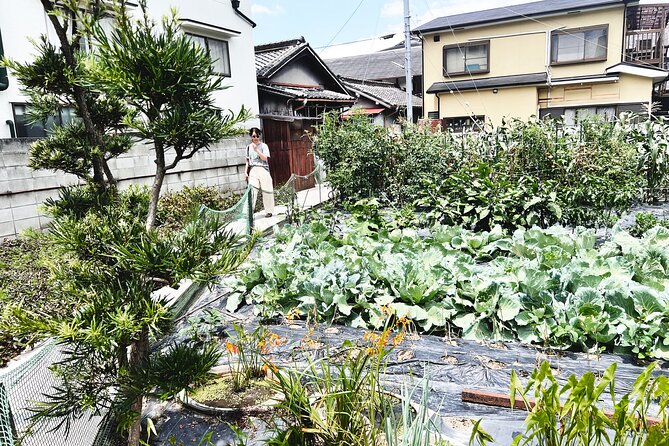
How can one experience the comforting essence of Miso Soup, a cherished traditional Japanese dish that embodies warmth and depth in every savory sip? Miso Soup holds significant cultural importance in Japan, often served as a staple dish in many households.
Here are some key points about this beloved soup:
- Health Benefits: Miso Soup is packed with nutrients like vitamins, minerals, and probiotics, aiding digestion and boosting the immune system.
- Cultural Significance: It symbolizes simplicity and balance, reflecting the essence of Japanese cuisine and culture.
- Variations: There are countless variations of Miso Soup, with ingredients ranging from tofu and seaweed to vegetables and meats.
- Regional Differences: Different regions in Japan have their unique twist on Miso Soup, influenced by local ingredients and traditions.
- Umami Flavor: Miso paste, the key ingredient, adds a rich umami flavor, making each bowl a delightful experience.
Serving and Presentation Tips
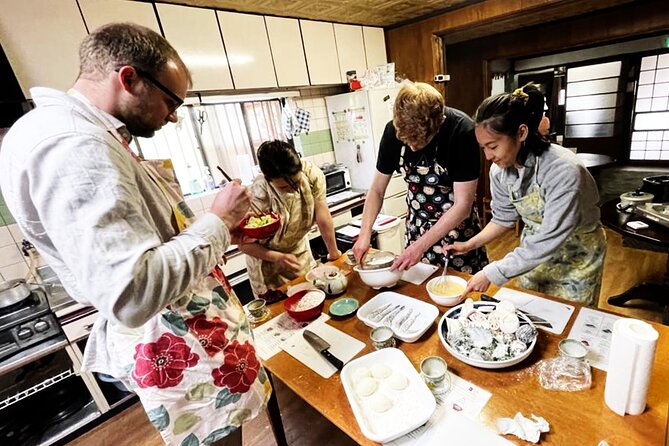
For an exquisite dining experience that pays homage to the art of Japanese cuisine, consider these expert tips on serving and presenting Miso Soup with finesse.
When it comes to serving tips, remember that simplicity is key. Use elegant Japanese soup bowls to showcase the vibrant colors of the soup and ensure they’re warm to maintain the temperature.
When it comes to plating techniques, garnish the soup with thinly sliced green onions or a sprinkle of sesame seeds for added visual appeal. Plus, consider serving the soup alongside a small dish of pickled vegetables or steamed rice to complement the flavors.
The Sum Up
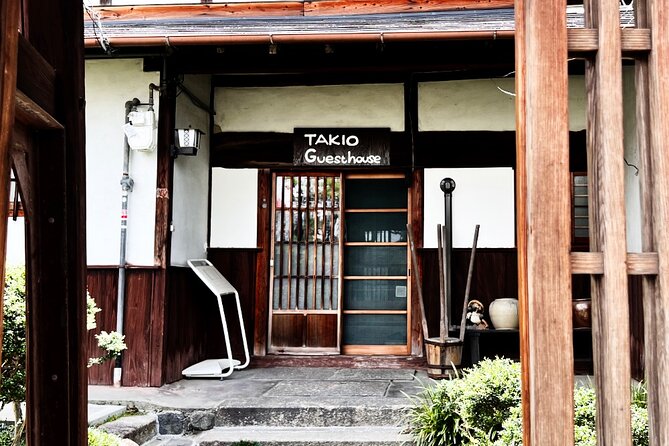
Unleash your inner chef and elevate your culinary skills with Yuki Japanese Cooking Class. By mastering the art of crafting Michelin-grade Tempura and Miso Soup, you’ll embark on a flavorful journey through the vibrant culinary culture of Japan.
With personalized guidance and hands-on experience, you’ll be well-equipped to impress your friends and family with these iconic dishes. Join us and uncover the secrets of authentic Japanese cooking today!

